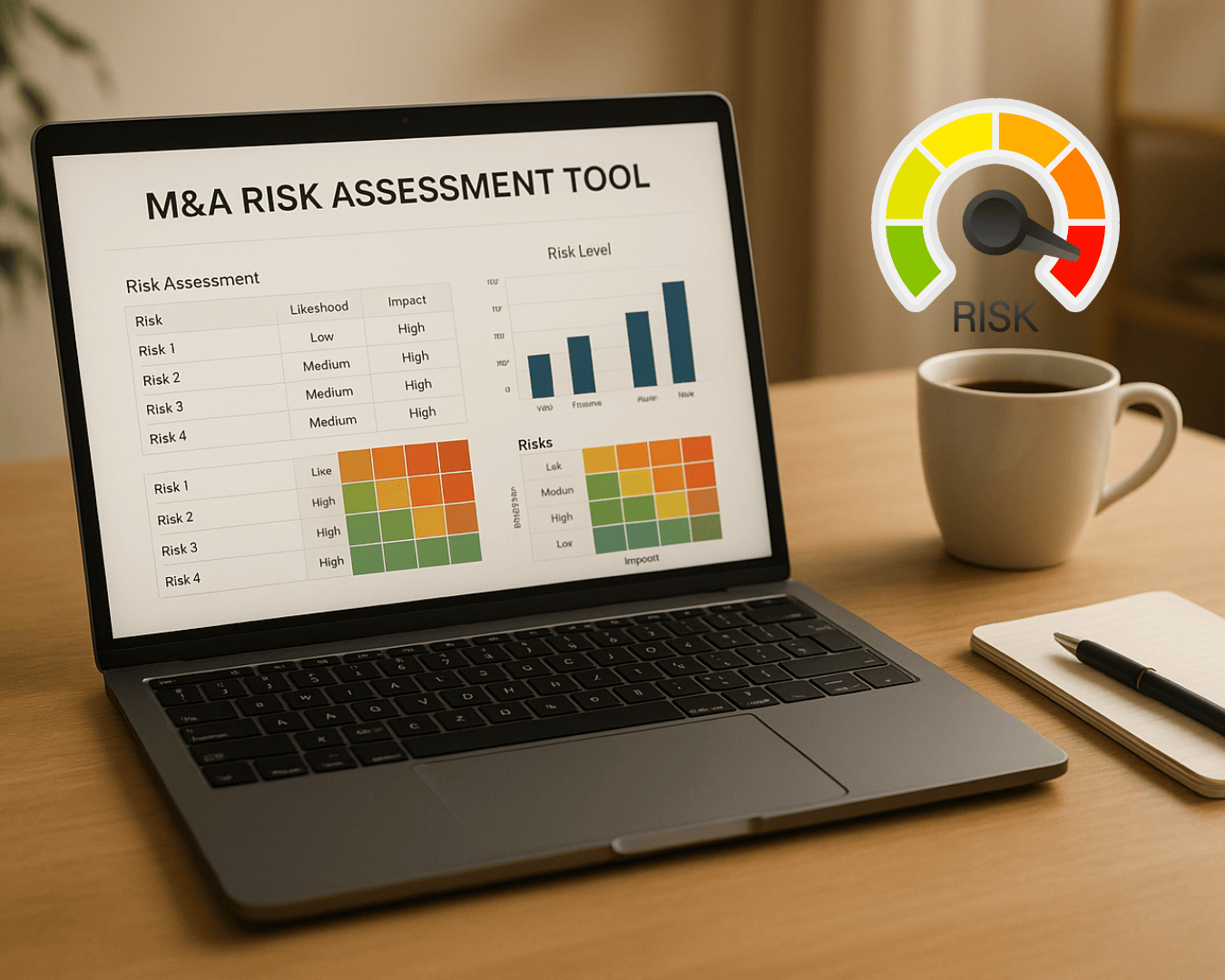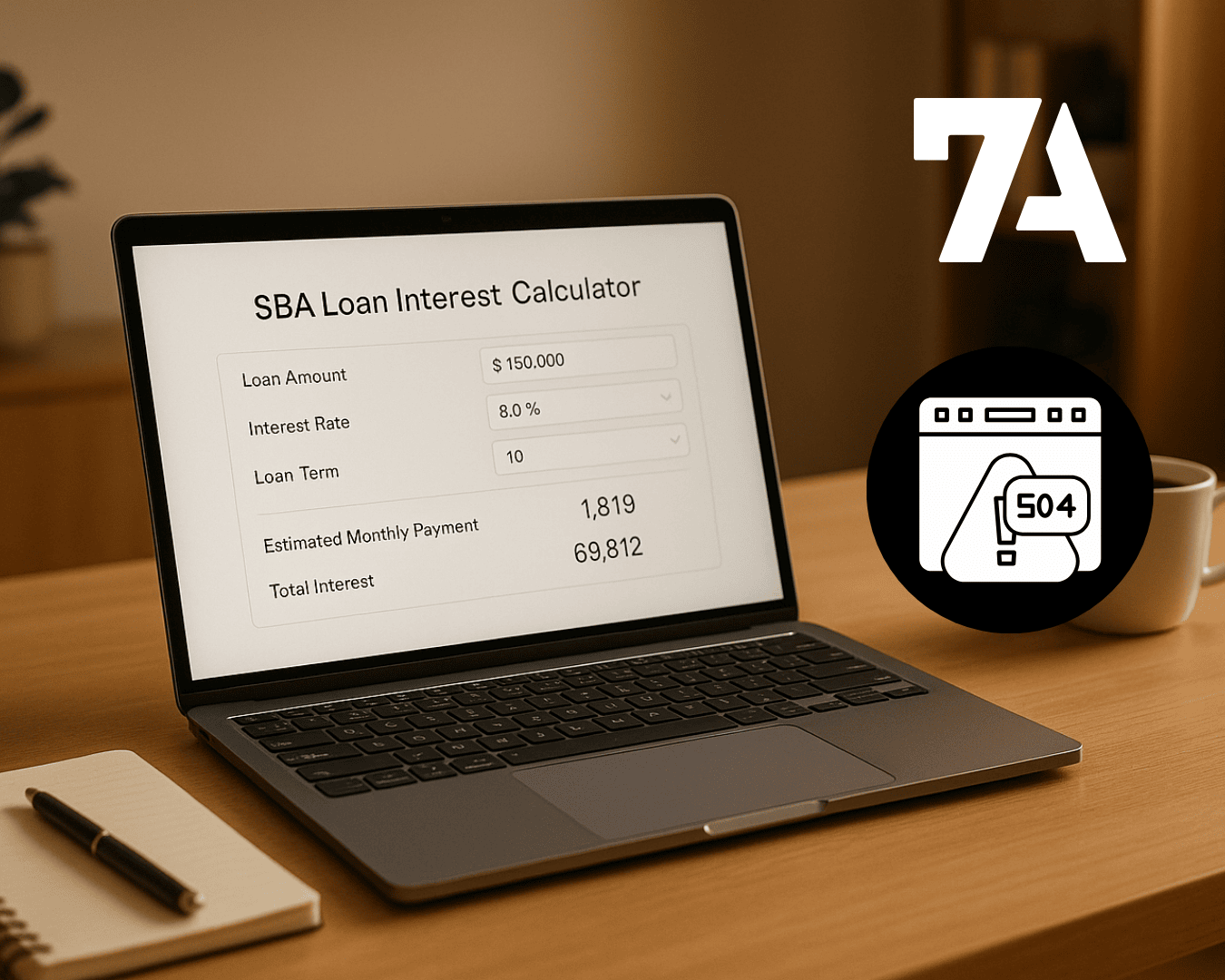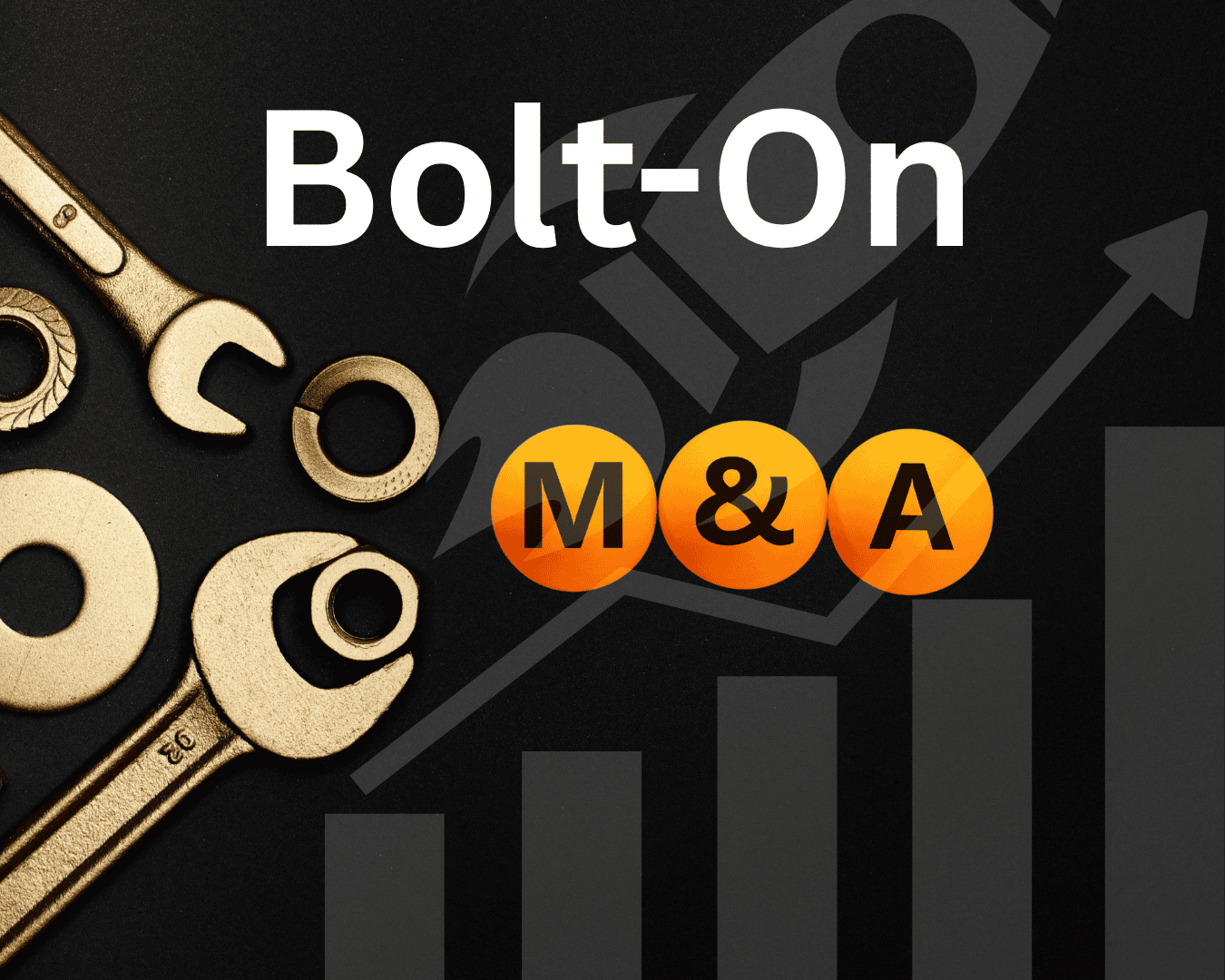Hybrid debt instruments are a mix of debt and equity, offering companies flexibility in financing. They are popular for acquisition financing due to potential tax-deductible interest payments and cost savings compared to traditional equity. However, their tax treatment depends on whether they are classified as debt or equity by the IRS, which evaluates factors like repayment terms, subordination, and documentation. Misclassification can lead to penalties and loss of tax benefits.
Key points to know:
- Debt Classification Benefits: Interest payments are deductible, reducing taxable income.
- Equity Classification Risks: Payments are treated as dividends, which are not deductible.
- IRS Criteria: Includes repayment terms, company’s debt-to-equity ratio, and intent of parties.
- Interest Deduction Limits: Section 163(j) caps deductions for companies with high gross receipts.
- Cross-Border Transactions: Subject to withholding taxes, which vary based on treaties.
- Documentation: Proper records are critical to support debt classification.
Hybrid debt can lower financing costs and improve financial ratios, but structuring it correctly and staying compliant with tax rules are essential to avoid reclassification risks.
Fighting tax evasion: How to end hybrid mismatch arrangements
How the IRS Classifies Hybrid Debt
The IRS examines hybrid instruments through a range of factors to determine whether they should be classified as debt or equity. This classification has a direct impact on tax obligations and financial planning.
Debt vs. Equity Classification: IRS Criteria
When deciding how to classify hybrid debt, the IRS takes a facts-based approach. This means there’s no single, definitive factor that dictates the outcome. Courts have applied different sets of criteria, which can make the process even more complex.
Two key court cases highlight how this framework works. In Fin Hay Realty Co. v. United States, sixteen factors were outlined to distinguish between debt and equity, while Estate of Mixon v. United States identified thirteen factors for the same purpose. However, there isn’t a clear formula for weighing these factors, which has led to disputes over classifications.
Some of the primary factors considered by courts and the IRS include:
- Fixed maturity dates and structured repayment schedules
- Obligations to pay regardless of the company’s financial health
- Subordination to other creditors
- The issuing company’s debt-to-equity ratio
- Proper documentation supporting the debt classification
- The intent of the involved parties
To improve the chances of a debt classification, experts suggest that companies maintain a reasonable debt-to-equity ratio and ensure that new debt instruments differ from existing equity holdings. For example, structured repayment schedules can help distinguish debt from equity. These classification decisions play a significant role in determining whether payments are tax-deductible, as explored in the next section.
Tax Deductibility of Payments
Whether a hybrid instrument is considered debt or equity has major tax implications for both the issuing company and its investors. If classified as debt, companies can deduct payments treated as interest, reducing taxable income. Investors, in turn, receive payments as interest income and may also benefit from nontaxable principal repayments.
On the other hand, if the instrument is classified as equity, the issuing company cannot deduct repayments. Instead, investors typically receive dividends or capital gains, depending on the business structure. One key distinction lies in control: instruments are treated as equity when the issuer retains discretion over dividend payments, but they are viewed as debt when payments resemble fixed interest obligations, regardless of the company’s financial condition.
For instruments that blend debt and equity traits, companies should take precautions to support a debt classification. This includes maintaining clear and consistent payment schedules and ensuring that interest payments are not tied solely to profitability. Additionally, structuring repayment based on specific, predetermined events rather than discretionary decisions can further solidify the debt classification.
Recent Tax Law Changes
Tax laws continue to evolve, influencing how hybrid instruments are classified. While the basic framework remains rooted in established case law, updates to regulatory interpretations and state-specific requirements are shaping classification outcomes. Companies should pay close attention to these changes, as state laws can play a crucial role in determining debt status. To avoid complications, businesses must regularly review their instruments and supporting documentation to ensure they align with current tax rules and achieve the desired tax treatment.
Tax Rules for Acquisition Financing
When businesses use hybrid debt to fund acquisitions, tax rules can play a major role in shaping deal structures and influencing overall costs. Recent regulatory updates have introduced hurdles, pushing companies to rethink their financing strategies. Below, we break down the key tax rules that impact acquisition financing.
Interest Deduction Limits
Section 163(j) sets limits on interest deductions for businesses with annual gross receipts exceeding $25 million, as outlined in the Tax Cuts and Jobs Act (TCJA). Under these rules, interest deductions are capped at the sum of business interest income, 30% of adjusted taxable income (ATI), and floorplan financing interest. Starting in 2022, the calculation for ATI no longer includes deductions for depreciation, amortization, or depletion. This change increases the likelihood that interest expenses will exceed the allowable limit.
"After the TCJA, the limitations applicable to deductions for debt apply more broadly, which we expect to reduce tax benefits associated with using debt as a tool to finance acquisitions and in capital structures more generally." - Robert E. Holo, Jasmine N. Hay & William J. Smolinski
These stricter limits have led many companies to rethink how they approach acquisition financing. Notably, the U.S. now uses an EBIT-based limitation, which differs from the EBITDA-based approach used by 26 other OECD countries. While hybrid debt remains appealing since disallowed interest can be carried forward, some multinational corporations are exploring offshore borrowing or debt-like alternatives to navigate these restrictions. Adapting to these limits has become a critical part of financing strategies.
Withholding Tax Requirements
Cross-border hybrid debt transactions introduce U.S. withholding tax obligations, which can drive up capital costs. Foreign investors earning U.S.-source income from hybrid instruments are typically subject to a 30% withholding tax. However, tax treaties may lower this rate depending on the classification of payments. For instance, treaty benefits might reduce the tax rate on interest payments or change how dividends are taxed.
Withholding agents are responsible for ensuring proper tax remittance. Recent changes, such as those affecting the U.S.-Hungary income tax treaty starting January 1, 2024, require agents to apply the statutory 30% rate unless the recipient provides proper documentation, like Form W-8BEN, to claim reduced treaty benefits.
Effects on Financial Leverage
Hybrid debt adds complexity to financial leverage calculations. While the IRS generally treats these instruments as debt for tax purposes, lenders and credit rating agencies often classify them partially as equity when evaluating creditworthiness and leverage ratios. This dual treatment can allow businesses to enjoy tax deductions associated with debt while presenting healthier leverage metrics to stakeholders.
To address potential abuses, the IRS has introduced Final Dual Consolidated Loss (DCL) regulations, targeting scenarios where companies attempt to "double dip" on tax benefits. These rules require businesses to carefully assess how hybrid debt impacts their overall financing strategy.
Given the intricate interplay of interest deduction limits, withholding taxes, and leverage considerations, robust financial models are essential for evaluating acquisition structures. With the added possibility of regulatory changes, seeking professional advice is crucial for maintaining tax efficiency while meeting business goals.
sbb-itb-a3ef7c1
How to Structure Hybrid Debt Properly
Structuring hybrid debt requires carefully balancing tax advantages with regulatory compliance. The challenge lies in crafting instruments that meet IRS standards while aligning with your business goals. Striking this balance can lead to meaningful tax savings and help avoid costly compliance missteps.
Structuring for Tax Benefits
Start by negotiating terms that balance the tax benefits of debt with the flexibility of equity. Key factors like interest rates, conversion ratios, and maturity dates should align with both your cash flow needs and risk tolerance.
To secure tax-deductible distributions and a competitive cost of capital, your hybrid instrument should include enough debt-like features. At the same time, it needs sufficient equity-like characteristics to improve financial ratios and leverage metrics, making it more appealing to accountants and rating agencies.
"The hybrid serves several purposes that interconnect to create a fulsome market, but a common thread is the ability for companies to use a tax-deductible product to lower their cost of funding without risking leverage metrics." - Mizuho Insights
Clearly define conversion triggers. These triggers should align with your business objectives and specify whether the hybrid debt will convert automatically during events like an IPO or acquisition. Ambiguity around these triggers can lead to reclassification risks and disputes.
It’s also critical to address exit scenarios early on. Specify whether conversion will occur automatically or require action from one or both parties. This clarity ensures the instrument operates smoothly throughout its lifecycle and protects both sides from misunderstandings.
These structural elements must be supported by thorough and compliant documentation.
Required Documentation and Compliance
Once the terms are finalized, meticulous documentation becomes crucial to securing the intended tax treatment. The IRS imposes strict requirements for hybrid debt, especially in related-party transactions. IRC Section 385 mandates that domestic corporations maintain detailed records to support debt treatment for federal income tax purposes.
Ensure all documentation is complete and timely, particularly before filing your federal return for the year when an "event" occurs. These events might include issuing the debt, conducting annual credit analyses, or meeting interest or principal payment deadlines.
Specific rules apply if your company is part of an "expanded group." For example, these requirements kick in if at least one member's stock is publicly traded, the group has more than $100 million in assets, or annual revenue exceeds $50 million. However, these rules only apply to debt instruments issued on or after January 1, 2018, and exclude non-U.S. issuers and S corporations.
Compliance doesn’t stop at initial documentation. Ongoing record-keeping, such as annual credit analyses and updates to original terms, creates an audit trail that supports your tax position if the IRS challenges the debt classification.
Example: Hybrid Debt in Small Business Acquisition
Consider a scenario where a manufacturing company is acquired using $2 million in hybrid debt alongside traditional bank financing. The hybrid debt has a 7% annual interest rate, with conversion rights triggered if the acquired company’s EBITDA exceeds $1.5 million for two consecutive years.
The conversion ratio is set at a 15% discount to the fair market value at the time of conversion, offering potential upside while maintaining its debt characteristics.
To ensure compliance, the buyer’s legal team prepares all agreements and documentation to meet IRC Section 385 requirements. This is particularly important since the acquiring company has annual revenues exceeding $50 million.
This structure enables the buyer to claim an annual interest deduction of $140,000 while improving leverage ratios for stakeholders. If performance targets are achieved, the debt converts to equity, giving the lender upside potential and providing the buyer with long-term capital.
This example highlights how careful structuring can combine tax efficiency, regulatory adherence, and operational flexibility. Regular legal reviews, ongoing monitoring of conversion triggers, and detailed performance records are essential to support the debt classification during audits.
How Clearly Acquired Supports Hybrid Debt Transactions

Hybrid debt structures can be tricky to navigate, especially for small business acquisitions. They demand a level of expertise and tools that are often out of reach for smaller buyers. This is where Clearly Acquired steps in. Their platform brings together AI-powered analysis, a variety of financing options, and practical educational resources tailored specifically for Main Street acquisitions.
By integrating tax assessment, financing, and learning tools into one streamlined system, Clearly Acquired simplifies what can otherwise be a daunting process. From understanding tax impacts to closing the deal, the platform ensures all legal, tax, and financing considerations are aligned. Let’s break down how it works.
AI Tools for Tax Impact Analysis
One of the standout features of Clearly Acquired is its AI-driven tools designed to tackle tax complexities. These tools allow buyers to evaluate the tax consequences of various hybrid debt structures before committing to terms. They focus on critical factors like interest deductibility and conversion triggers, offering real-time estimates of tax outcomes.
The system doesn’t just crunch numbers - it models different scenarios, such as fluctuating interest rates or varying conversion ratios, while identifying possible compliance issues early on. This kind of insight is particularly useful when comparing hybrid debt to more traditional financing options like straight debt or equity.
With 84% of tax and accounting professionals acknowledging the advantages of AI, Clearly Acquired’s tools make in-depth tax analysis accessible to small business buyers. Plus, the platform keeps its tax databases updated with the latest IRS guidance and tax law changes, so users can trust their decisions are based on the most current information.
Access to Financing Options
Clearly Acquired goes beyond analysis by offering buyers access to a wide range of financing solutions. The platform connects users to a network of lenders experienced in hybrid debt, providing options like SBA 7(a) and 504 loans, commercial loans, lines of credit, and even equipment financing. These can be combined with hybrid instruments to create the most effective funding structures.
If traditional lending isn’t the right fit, the platform also facilitates access to private debt, equity injections, and partner buyout financing. This flexibility allows buyers to tailor deals that balance tax benefits with operational needs.
What’s more, Clearly Acquired’s deal management tools keep all financing components organized in one place. This centralized system is a game-changer, especially when hybrid debt is part of a larger package that might include bank loans, seller financing, and equity contributions. By keeping everything in sync, the platform ensures smoother coordination across multiple funding sources.
Training Resources for Hybrid Debt
Understanding hybrid debt structures doesn’t stop at numbers and financing. Clearly Acquired also provides educational resources to help buyers put these concepts into practice. Their business acquisition course includes dedicated modules on hybrid debt, explaining its tax implications and practical applications in an easy-to-follow format.
The course uses real-world case studies to demonstrate how hybrid debt works across various industries and deal sizes. This hands-on approach helps buyers see not just the theory but how hybrid instruments perform in actual transactions.
With 77% of professionals expecting AI to reshape their work in the next five years, Clearly Acquired ensures users are also trained in leveraging AI tools for tax analysis and deal structuring. Beyond the course, users gain access to ongoing support through a buyer community and networking opportunities. This allows them to learn from others who’ve successfully navigated hybrid debt deals.
The platform also hosts regular webinars and provides updates on tax law changes, new financing options, and best practices for hybrid debt. This ensures buyers stay informed and ready to adapt in an ever-changing regulatory landscape.
Key Points on Hybrid Debt Tax Treatment
Understanding how hybrid debt is treated for tax purposes is crucial when structuring acquisition financing. A misstep here could lead to significant consequences - if tax courts reclassify your financing structure, you might have to repay previously claimed deductions, along with interest and penalties. This classification directly affects your tax liabilities and overall financial strategy.
The IRS's classification of hybrid debt plays a pivotal role. If the instrument is treated as debt, the associated interest payments are deductible, reducing your financing costs. However, if it's reclassified as equity, those deductions disappear. This tax benefit often makes debt financing more appealing, as equity financing doesn't offer similar advantages.
To determine whether an instrument is classified as debt or equity, the IRS examines a variety of factors. This makes it essential to ensure that every aspect of your financing aligns with the desired tax treatment.
Proper documentation is just as critical. Reporting interest payments consistently on both the borrower's and creditor's tax returns strengthens the case for a debt classification. Additionally, hybrid financing structures have come under increased scrutiny from the IRS and Treasury, particularly due to concerns about "double dipping" - where deductions are claimed in multiple jurisdictions for the same loan. These documentation practices highlight the importance of aligning every detail with your financing objectives.
Given these complexities, using advanced tools and seeking expert advice is key to reducing risks. For small business acquisitions, carefully evaluate your financing options and consider using AI tools or consulting experienced professionals to navigate these challenges effectively.
FAQs
What are the risks and penalties if the IRS determines a hybrid debt instrument is incorrectly classified?
If a hybrid debt instrument is misclassified, the fallout can be both financial and legal. The IRS might demand back taxes, tack on fines, and charge interest on the unpaid amounts. Beyond that, such an error could invite audits and lead to even more penalties for failing to comply with regulations.
To steer clear of these pitfalls, it's crucial to classify these instruments correctly and adhere to IRS guidelines. Seeking advice from a tax professional or advisor can help you navigate these complexities and protect your financial well-being.
How does the Tax Cuts and Jobs Act impact interest deduction limits for hybrid debt used in acquisition financing?
The Tax Cuts and Jobs Act (TCJA) brought tougher restrictions on how much business interest expense companies can deduct, which has a direct impact on businesses relying on hybrid debt for acquisition financing. As of 2022, the limit for interest deductions is set at 30% of earnings before interest and taxes (EBIT), replacing the previous, more lenient cap based on EBITDA.
This shift poses challenges for businesses with significant leverage or hybrid debt structures. Any interest costs that exceed the 30% threshold can no longer be deducted, potentially leading to higher taxable income and, in turn, larger tax bills. Companies need to reassess their financing approaches to ensure they’re prepared for these stricter rules.
What documents are required to classify hybrid debt as debt and comply with IRS regulations?
To make sure hybrid debt instruments are recognized as debt and meet IRS requirements, you’ll need well-prepared documentation. This should include:
- Formal written agreements that clearly state the terms, purpose, and repayment conditions of the instrument.
- Proof of intent to treat the instrument as debt, such as payment records and evidence of interest payments.
- Comprehensive details about the instrument’s structure and repayment responsibilities.
Keeping accurate and orderly records is key to staying compliant with IRS standards and avoiding any risk of reclassification.































.png)








































%20Loan%20Application%20Checklist.png)





































